The short answer to this question is that the world is stretched out very thin right now dealing with humanitarian crisis after humanitarian crisis, and now with Putin upping the stakes over Ukraine, the UN, NATO, and the western world have to shift their attention elsewhere. Aid groups and international agencies estimate about 23 million people in Afghanistan, more than half the country, face severe hunger and nearly 9 million are on the brink of starvation, it is so bad that people have even sold their own children to survive. As reported by the AP:
The U.S. government this month announced $308 million in humanitarian aid to Afghanistan and is working with the U.N. and other organizations to provide help
WASHINGTON (AP) — As winter deepens, a grim situation in Afghanistan is getting worse. Freezing temperatures are compounding misery from the downward spiral that has come with the fall of the U.S.-backed government and the Taliban takeover.
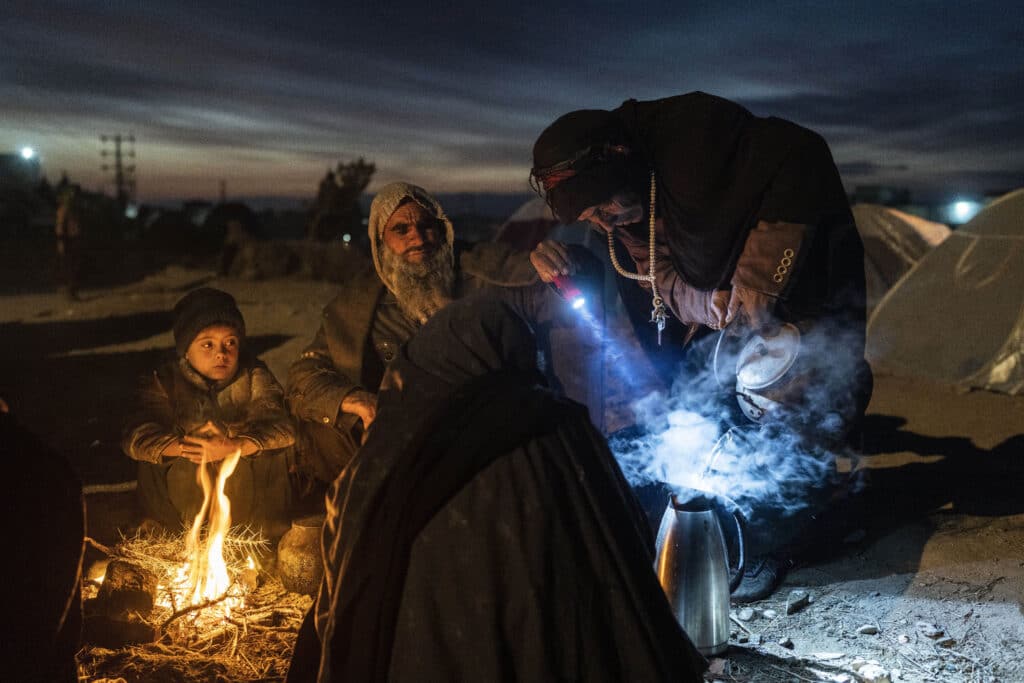
Aid groups and international agencies estimate about 23 million people, more than half the country, face severe hunger and nearly 9 million are on the brink of starvation. People have resorted to selling possessions to buy food, burning furniture for warmth, and even selling their children.
The U.S. government this month announced $308 million in humanitarian aid to Afghanistan and is working with the U.N. and organizations such as the World Bank to provide additional help. The Biden administration has also sought to clarify that U.S. sanctions on the Taliban shouldn’t block humanitarian aid. But there is growing pressure to do more, such as unfreezing Afghan government funds held at the New York Federal Reserve Bank.
A look at the situation:
HOW DID CONDITIONS IN AFGHANISTAN GET SO BAD SO FAST?
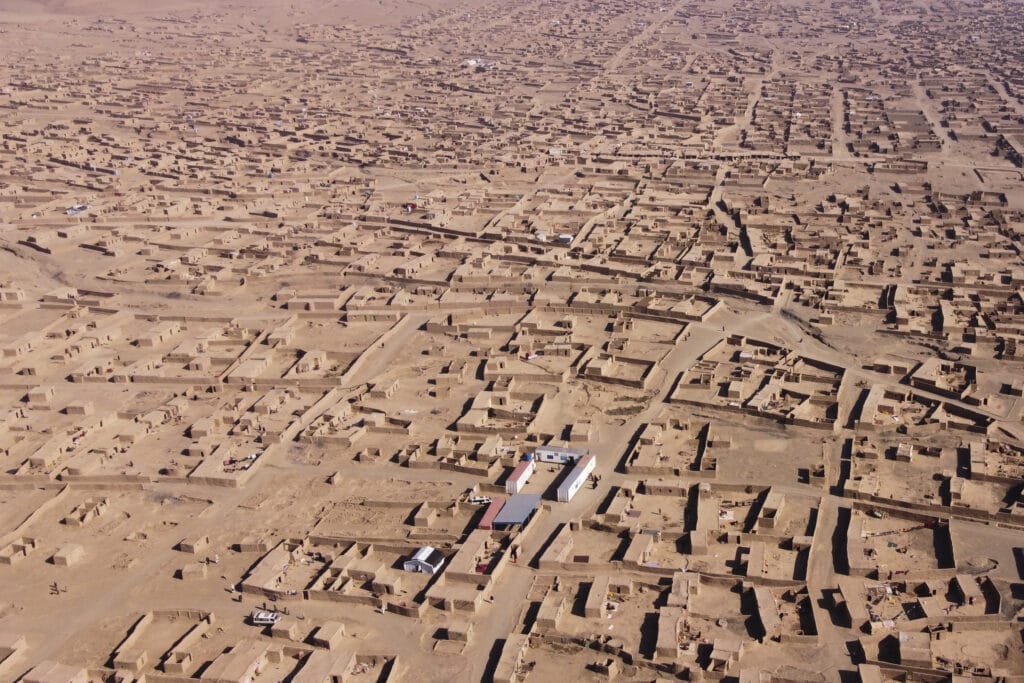
Life in Afghanistan was precarious before the Taliban takeover in August, with more than half the people surviving on less than $2 a day. About 80% of the entire budget of the U.S.-backed Afghan government came from international donor funds. More than half of all children under 5 were expected to face acute malnutrition, according to the U.N. In addition to the effects of the COVID-19 pandemic, the country was suffering through a prolonged drought, devastating in a country where agriculture makes up 25% of GDP.
The withdrawal of the U.S. after 20 years of war meant an end to the military and other support that made up about half of the economy. Most government employees had not been paid in the two months before the Taliban takeover. Since then, about half a million Afghans have lost their jobs, including many women pushed out of the workforce by the Taliban.
Afghans at home can get only limited amounts of any money they have in bank accounts because of a currency shortage. Meanwhile those abroad are having trouble sending help to family back in Afghanistan, in part because banks are reluctant to do business in a country whose leaders are under U.S. sanctions.
There is food in the markets, but many people can’t afford to buy it, said Ciaran Donnelly, head of crisis response at the International Rescue Committee. “This is a humanitarian crisis, an economic collapse and a state failure all wrapped up in one,” said Donnelly. “And they’re feeding off each other.”
WHAT HAS THE U.S. DONE SO FAR TO HELP?
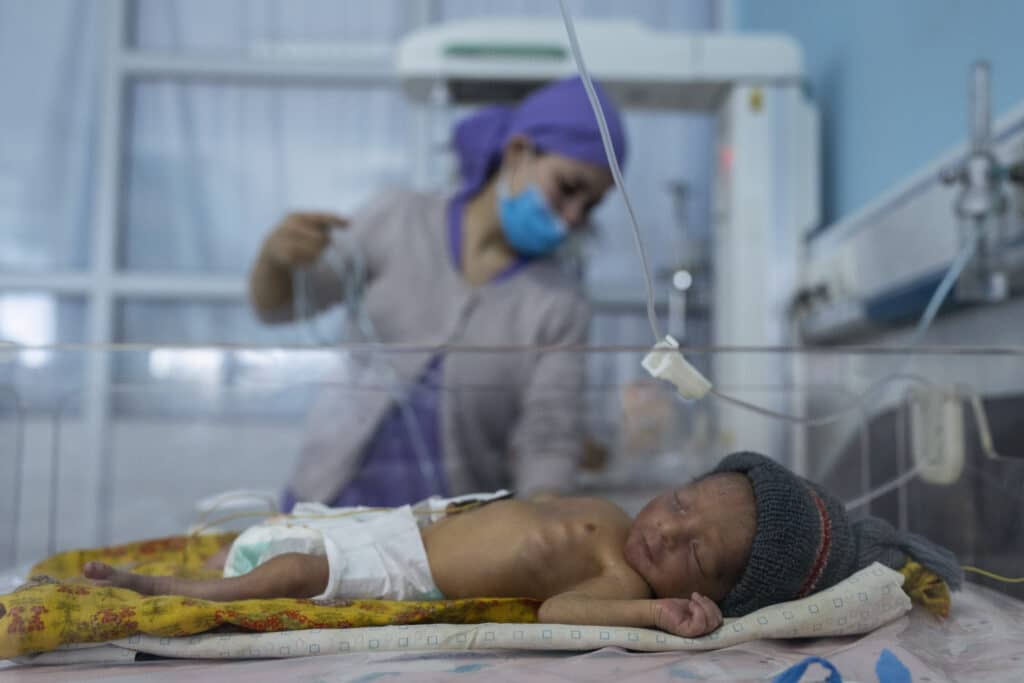
President Joe Biden said the U.S. would continue to provide humanitarian aid to Afghanistan after the withdrawal, which was set in motion after a peace deal signed with the Taliban under President Donald Trump. The administration notes that the U.S. is still the largest provider of humanitarian assistance to Afghanistan and is contributing to a U.N. effort to raise more than $5 billion for the country.
But the U.S. has not recognized the new government or lifted sanctions on the Taliban and its senior leaders for providing a haven to al-Qaida while it plotted the Sept. 11, 2001, attacks. That has created at least a perception that sending money or doing business in Afghanistan is off-limits.
A senior administration official, speaking on condition of anonymity to discuss internal policy discussions, acknowledged there’s a perception that the sanctions are broader than the Taliban leadership. The official said the U.S. has sought to dispel it in part with what are known as “special licenses,” issued in December to assure international organizations, other nations, and NGOs that they could provide humanitarian aid despite the sanctions.
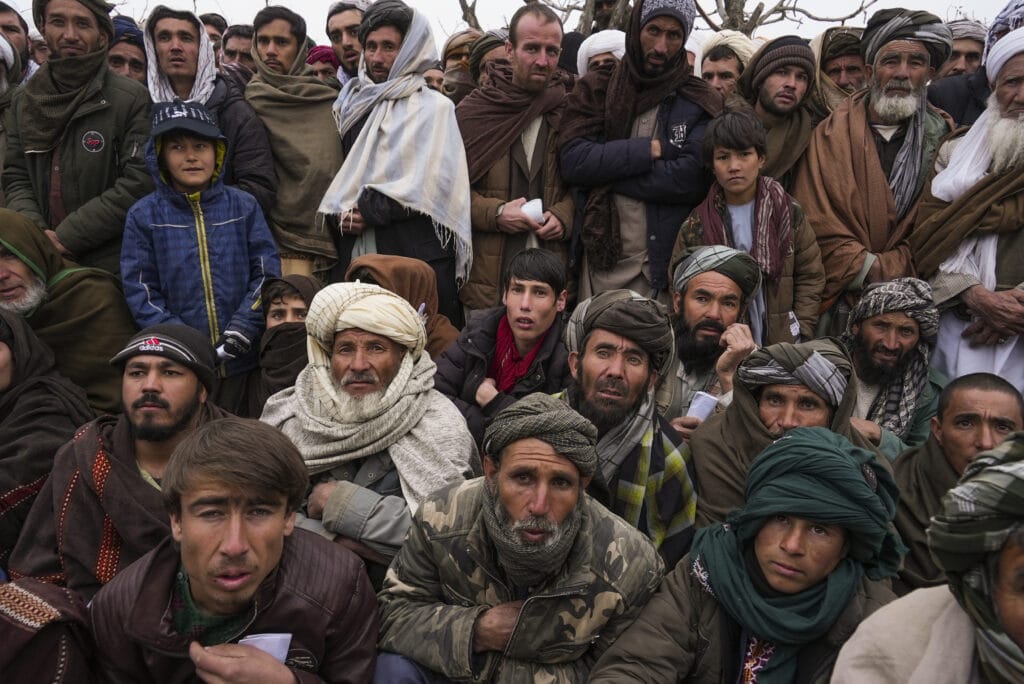
The official said the U.S. also is working with the World Bank and Asian Development Bank to take money that had been set aside for Afghan reconstruction before the Taliban takeover and use it for humanitarian relief.
Roya Rahmani, a former Afghan ambassador to the U.S., said she doesn’t support recognizing the new government but said the issue must be “untangled” from discussions of humanitarian aid, which is crucial even if some of it winds up in the hands of the Taliban.
“There is a very potent and real catastrophe boiling up in Afghanistan, and people are suffering now,” she said.
WHAT ABOUT AFGHAN MONEY FROZEN IN THE U.S.?
There is nearly $7 billion in Afghan funds at the Federal Reserve Bank in New York that have been frozen since the Taliban takeover in August. The Taliban has demanded the money, but it can’t be transferred to them because of the sanctions. Complicating matters, families of people killed in the Sept. 11 attacks have filed a claim to the funds to pay the judgment in a lawsuit they filed against al-Qaida and the Taliban.
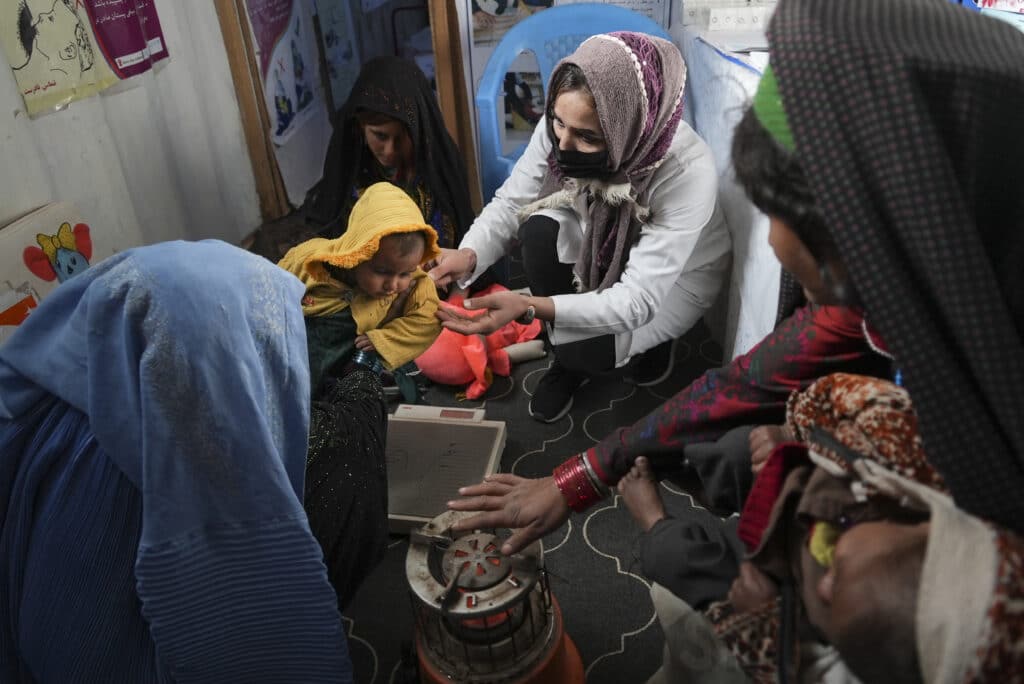
A letter sent Thursday to Biden, with the signatures of 41 mostly Democratic members of Congress, urged the president to “ensure that a substantial share” of the frozen assets is used for humanitarian relief, arguing that deteriorating conditions will lead to the country “once again become a breeding ground for terrorist organizations” such as al-Qaida.
Shah Mehrabi, an economics professor at Montgomery College in Maryland and a board member of the Afghanistan Central Bank, says a portion of the frozen funds should be used to help stabilize prices in the country, pay the salaries of civil servants and help keep the private sector alive. Otherwise, he warns, the economy could go into free fall.
“I don’t think that’s in our interests and in the interests of the United States,” Mehrabi said “And I think the United States knows that as well.”
The senior administration official said the administration is discussing the fate of the frozen funds but has to let the judicial process play out involving the legal claim filed by the Sept. 11 victim families.
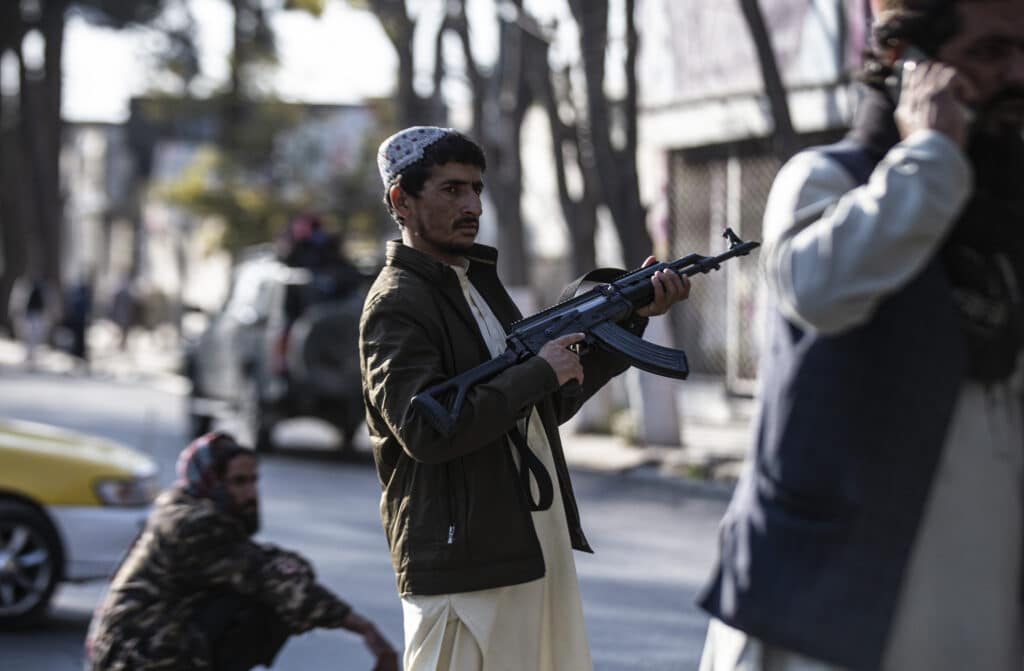
Meanwhile, the Taliban and Western diplomats have started their first official talks in Europe since the Taliban took over control of Afghanistan in August. Taliban representatives will be certain to press their demand that money frozen by the United States and other Western countries, totaling nearly $10 billion, be released.
IS THERE MORE THE US AND OTHERS CAN DO?
Aid groups and others have urged the Treasury Department to issue “comfort letters” to businesses and governments assuring them they won’t face legal consequences for doing business in Afghanistan, though the official said the general licenses were intended to accomplish just that.
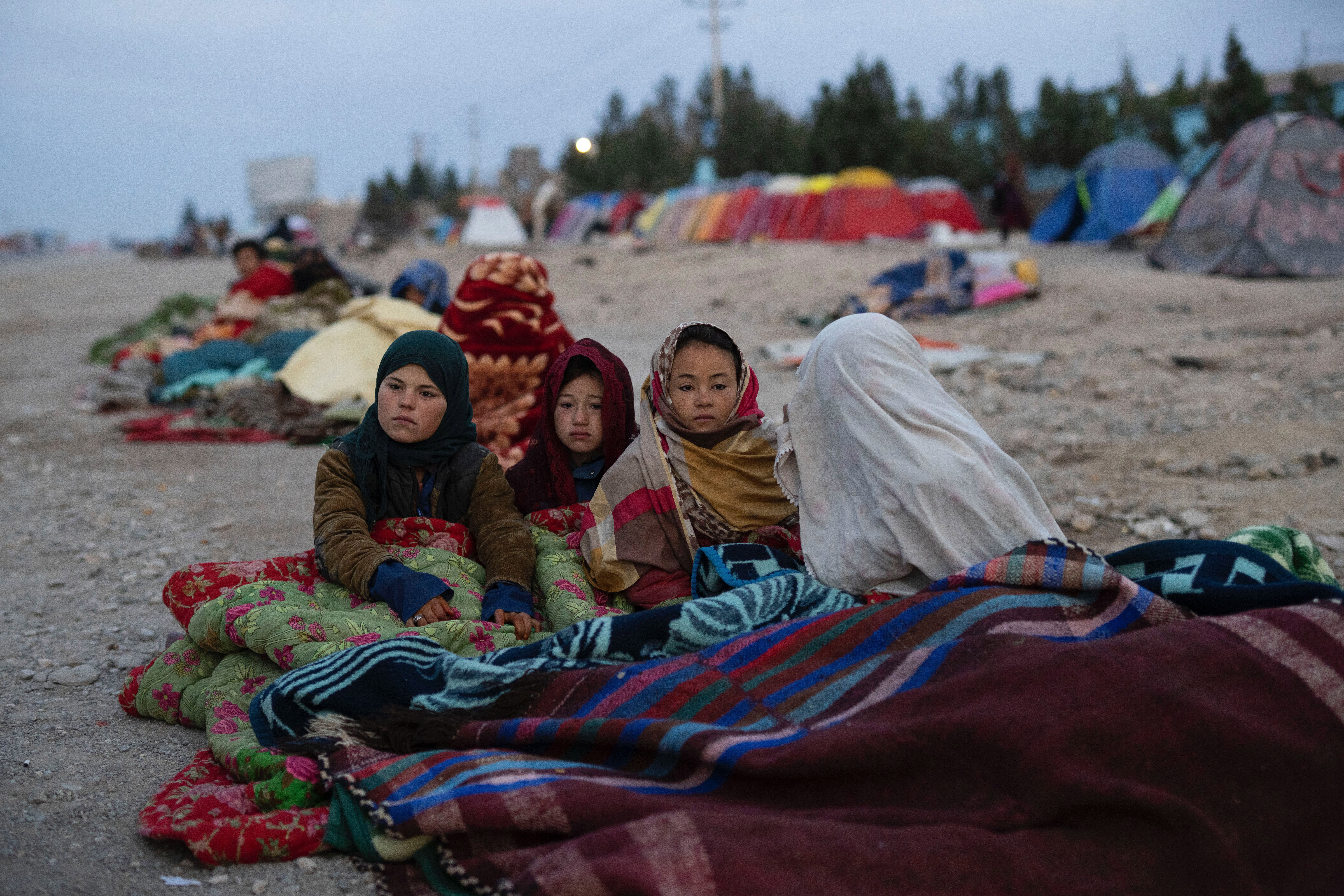
The administration could also encourage the unfreezing of Afghan government assets in banks outside the U.S. Rahman, the former ambassador, says the international community should sit down and come up with “creative” solutions such as some form of mobile banking to make it easier for Afghans overseas to get money to their families.
Whatever is done, it should be soon, Rahman says.
“Starvation and suffering fosters hopelessness.” she said, “and hopelessness fosters extremism, terrorism and much worse.”
By BEN FOX






